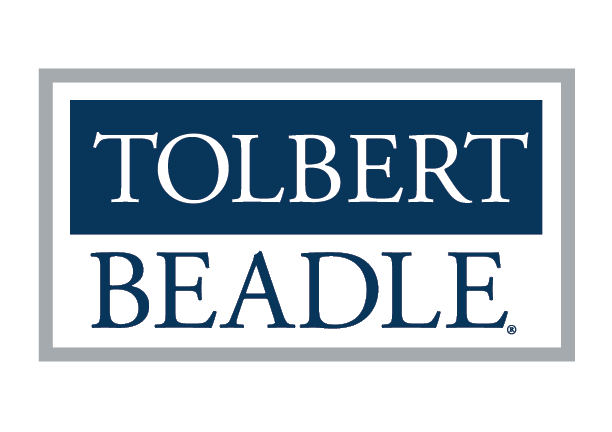What is a T-Bone Accident?
Intersection collisions, and T-Bone accidents in particular, are some of the most dangerous. The risk of these crash types can be significantly reduced when roundabouts are used instead of traditional intersections.
Although roundabouts are safer, many people in the U.S. don’t like them, or find them confusing. As a result, far fewer roundabouts are used here than in most other countries. This should change in order to improve overall road safety.
Roundabouts Mean Fewer T-Bone Collisions or Other Serious Accidents
Roundabouts are circular intersections, instead of traditional four-way intersections. UC.edu indicates only eight points of potential conflict exist at roundabouts compared with a normal intersection.
Drivers go into roundabouts after yielding to wait for a gap. Once in the roundabout, they travel in a circle with no need to yield or stop. They can exit the roundabout into any roads veering off to the sides of the circle. Barrier islands exist in the middle so vehicles stay on the circle and do not generally come into contact.
Department of Transportation plans for changing an intersection to a roundabout cited a 2009 study of 17 intersections. When a roundabout replaced traditional intersections with high speed approaches, an 84 percent reduction in accidents involving injury occurred. All fatalities at the intersections were prevented with the roundabout instead of the previous four-way intersections.
When roundabouts exist, T-Bone accidents don’t happen because no situations occur where a driver comes straight at the side of another vehicle. While accidents can still happen, they tend to be low angle crashes, not high angle crashes. Low angle crashes are far less deadly and less likely to cause permanent or severe injuries.
Drivers typically go slower in roundabouts than in standard intersections. Motorists going more slowly have shorter stopping distances and are more likely to avert collisions. Motorists going more slowly also have less serious collisions due to reduced momentum. Roundabouts slow drivers, and they usually eliminate the need for traffic signals since motorists yield and wait for a gap before entering the roundabout. Overall, studies have shown roundabouts are more efficient at moving traffic as a result.
In 2007, less than 1,000 roundabouts existed in the United States. Federal funding is available for roundabout conversions and efforts are being made to add more roundabouts in many locations. These efforts can help make roads much safer.
Understanding T-bone accidents and how to prevent them is crucial for your safety on the roads of Springfield, MO. Despite all precautions, if you find yourself involved in a T-Bone car accident, know that legal help is available. Tolbert Beadle, your trusted Springfield car accident attorneys, are committed to ensuring you receive the compensation and support you deserve.
Don’t navigate the aftermath of an accident alone. Contact Tolbert Beadle today for a consultation and let us stand by your side in this challenging time. Your recovery and justice are our priority.





